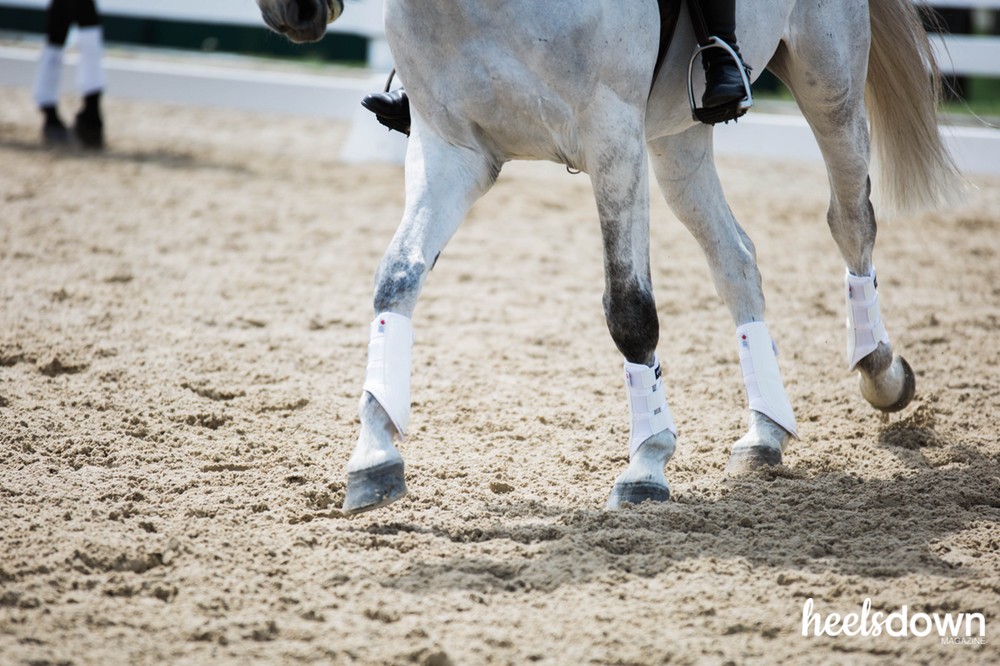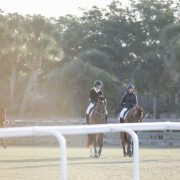Bored By Flatwork? Get Over It.

Watching Lainey Ashker rider her horses on the flat looks effortless.
It’s clear by watching her tests that she spends a lot of time fine tuning her craft and training her horses. But the eventer, and more recently turned FEI dressage rider, said it wasn’t always that way.
“It’s funny, I never had an appreciation for dressage until I started doing well in the dressage phase,” said the five-star rider. “Then I realized if I wanted to win, I needed to win from the dressage part.”
Like many riders – eventers or otherwise – Lainey was drawn to the sport by the adrenaline of big jumps and long gallops. She rose through the levels of three-day eventing on the back of off-track Thoroughbreds, which got her all the way to the Kentucky Three-Day Event, back when the competition was still a long format.
But as the courses have changed over time, with shortened cross-country runs and more complicated questions that require more balance in the horse, Lainey realized that dressage training in general plays a role in all three phases.
So she invested in her education, thanks in part to a supportive owner within her team, and delved deeper into the true world of dressage.
“You have to have the mental capacity to appreciate dressage,” she explained. “It’s painstakingly hard. Anyone can go run and jump jumps. But to go in with all this preparation and do this five-minute test, and mess up this one movement with your leg by five centimeters… It’s a cerebral exercise, much more than eventing.”
Lainey said the way she approaches “pure” dressage is much different than she approaches eventing, even in the flatwork phase.
“It’s very different, the way I use my brain for dressage and eventing,” she said. “Finding the balance between the two is hard. It’s difficult to balance both at the top level of these FEI sports.”
Even the judging is different, Lainey described.
“In eventing, judges like to see a more forward horse and in a different frame than what you’d typically see at First or Second Level at a dressage show,” Lainey explained. “I tend to get better scores in pure dressage than eventing. They want a sophisticated frame for the lower levels in eventing where in dressage it would be a rounder, more through frame. Technically Third Level is the highest you go in eventing, so it make sense.”


